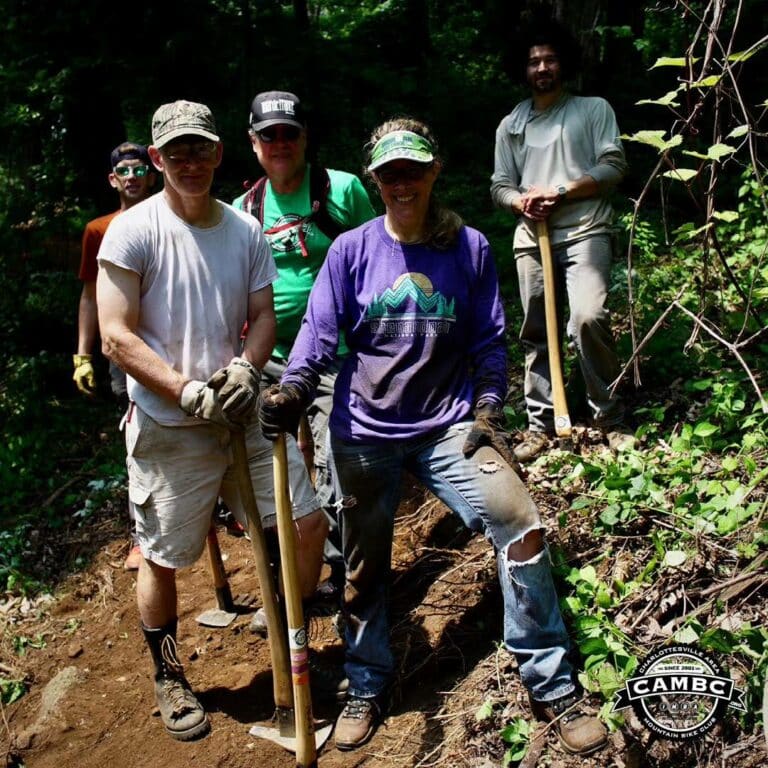“I want to go out and enjoy my life, and I hope people can understand that how they should live their own life: just be happy with what your doing. We have one chance out here. For me, it’s just about having fun,” said Karl Meltzer, the winningest 100 mile runner of all time.
Meltzer, known as the Speedgoat, has made his life one of passion and exploration. He moved to Utah at the age of 19 to pursue his love of skiing, working as a bus boy at a ski resort so he could ski all day and work in the evenings. Skiing more than 100 days a year for eight years, Meltzer considered himself a ski bum. The snowless summers left the young Meltzer with nothing but hundreds of miles of beautiful high-altitude trails, which he started to explore by foot. Being a ski bum soon transitioned to being a running bum.
“It slowly turned from just running to running farther distances until one of my friends said I should run the Wasatch 100, and I was like no freaking way am I running that far,” said Meltzer. “I ended up entering, I finished, but most people when they finish their first 100-miler are like, ‘I’m never doing this again.’ But three days later I was like ‘Where do I sign up?’”
Meltzer finished 27th his first year. The year after that, he finished 7th. The third time, he won and set the course record. That is when Meltzer realized his potential.
Last year, two decades after completing his first ultramarathon, the 49-year-old Meltzer set the speed record—or fastest known time (FKT)—on the 2,189 mile Appalachian Trail in 45 days 22 hours and 38 minutes. He ran south from Maine to Georgia just 10 hours quicker than the previous record set by Scott Jurek in 2015.
However, this wasn’t his first attempt at the speed record of the AT. In 2008, Meltzer made an attempt simply by looking at maps and doing little to no research and finished in 54 days becoming the fourth fastest to complete the trail. He again attempted the FKT in 2014, this time doing much more recon, driving the entire AT with his wife in 2013, despite his research, his crew chief managed to miss him several times.
“There is something about the AT that draws me back. If I was able to come to Southeast every summer and train, I would. I just love it. Out west in Utah, where I live, I have great trails, I have great mountains. It’s killer. But something about this trail draws me back. It’s got a good vibe to it,” Meltzer said.
In the spring of 2016, Meltzer and one of his main sponsors, Red Bull, decided to send a film crew along with him this time around to document the chase.
“When we decided to do this documentary, we agreed the film crew could not get in the way, like pull me aside and say, ‘Hey let’s do an interview for 10 minutes.’ That would impede on the record attempt. It was really about the record, not the film,” Meltzer said.
He failed twice on previous A.T. speed record attempts, but he had learned from his previous mistakes, and he was confident that he could break the record. Beforehand, he drove the roads near the A.T. and marked out on a map each place his crew was to meet him. His crew was led by his father and his crew chief Eric Belz.
Meltzer even did a practice run earlier in the summer, covering the first six days of the Maine section of the trail as a rehearsal. “It was just about getting the crew practice so they can find me. It’s not as simple as dropping a pin and coming to me. GPS doesn’t work everywhere,” Meltzer said.
Meltzer got started with his adventure in late August, starting at Mount Katahdin in Maine and running nearly 60 miles in the first day.
Meltzer said Maine might be his favorite state along the A.T. because it’s like running through a tunnel of green. “You come up on these amazing views and are then submerged back into the thick lush forest.”
“The hardest state for me was probably Pennsylvania,” said Meltzer. “It’s rocky, it’s hotter, and the trail isn’t as good. That week while I was in Pennsylvania was when my shins were really bothering me, so I was going through this rocky nasty terrain with an injury basically. That was really hard.”
Meltzer’s days consisted of running, eating, and sleeping. On average, he ran for 14 hours per day, usually hitting the trail by 5 a.m. and finishing between 7 and 9 p.m. He maintained a pace of around 3.4 mph. Then he would sleep in the crews van for 8 hours and repeat it all the next day.
“It goes back to the crew being efficient with having meals ready for me when I arrived. I was usually in bed within half an hour of getting to the van. My focus was to sleep. Every morning when I got out I was like, ‘Alright when am I going to be done so I can sleep again.’
Completing these long adventures has given Meltzer a new perspective on what “distance running” is.
“You build this amazing base, all these miles, and what sticks in your head is that 100 miles is not that far,” said Meltzer, while his wife laughed at him. “Go run the AT as fast as you can, and then 100 miles is nothing. I mean sure it hurts while you’re out there, but after a few days, it doesn’t seem like that big of a deal.”
Watch the full documentary Made to be Broken which follows Meltzer’s record setting run here.








